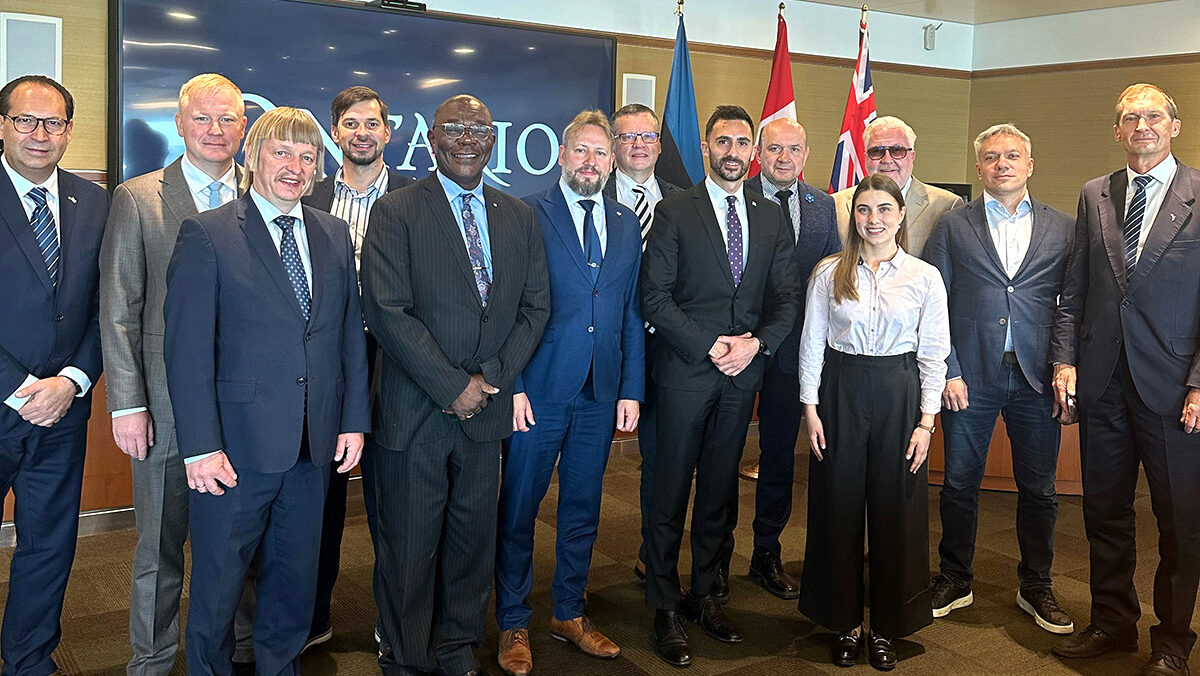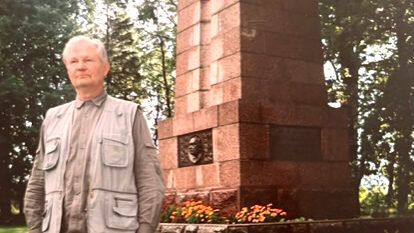Once again, Putin’s party wins Duma elections. Predictable, but relevant?
Sep 23, 2016
Estonian Life No. 38 2016
Yes it was inevitable. Vladimir Putin's party, United Russia, got 343 seats in the
450-seat State Duma, over 100 more than the 238 places it filled in the last Duma.
Such numbers would be a landslide victory in normal circumstances. In Russia's case one must look at the results from a historical perspective. Participation has dropped to 48% of qualified voters, down from 63.71% in 2007. This translates into 52.2 million voters this year with 28.3 million voting for United Russia. Compare this to 69.5 million voters in 2007 with 44.7 million choosing United Russia.
Similarly the decrease in voter participation also can be seen as a trend in presidential elections. In 2008 74.4 million voters cast ballots in the presidential elections with 52.5 million choosing Dmitri Mevedev. (Medvedev, Putin's designate, ran, because Putin was unable to be nominated as a candidate, the constitution not allowing someone serving two consecutive terms, an immediate third term.) In 2012, when Putin was again free to "compete" for the position, 71.5 million voted with 45.5 million preferring Putin.
His popularity rating has consistently been high, often toping 80%. But when his supporters are asked to actually vote for him some 50% do not come to the voters' polls. The numbers of these “no-shows” is steadily growing.
The trend is very evident in Estonia also. In 2011 19,000 voters in Estonia participated in Duma elections This year they numbered 7706. (Initially the Russian embassy in Tallinn stated that participation was about 11,000.) If some 85,000 Russian citizens live in Estonia, then less than 10% deemed it important enough to vote. Even taking into account that a portion of the Russian citizens are not ‘of age' yet. (Read more. Eesti Elu Septeber 23, 2016)
Laas Leivat, Toronto



